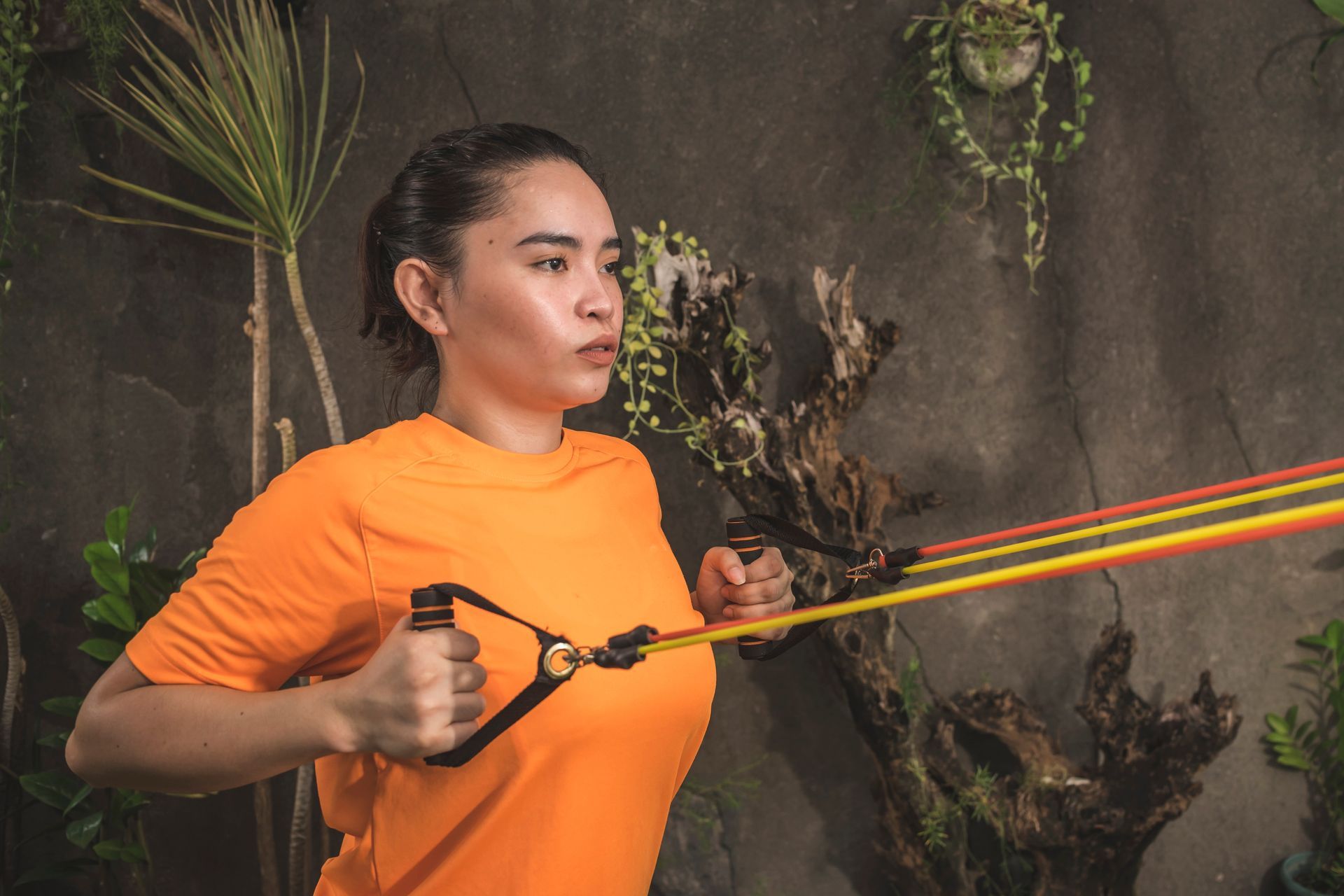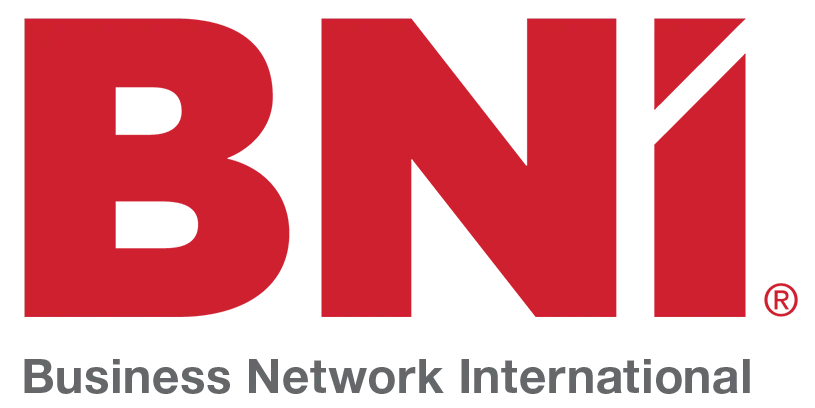Mastering the Horizontal Pull – Key Tips for Effective Back Training
The horizontal pull is an essential movement in strength training, yet it's often overlooked or performed incorrectly. This exercise targets key muscle groups in the back and shoulders, making it crucial for building a strong, well-balanced upper body.
Mastering the horizontal pull ensures that the right muscles are doing the work, leading to better results, improved posture, and reduced risk of injury.
When executed with proper form, the horizontal pull not only strengthens the back and shoulders but also prevents over-reliance on muscles like the upper traps, forearms, and biceps, which can limit progress and cause strain.
In this blog, we'll cover common mistakes people make when performing the horizontal pull and how to correct them for optimal results.
What Are Horizontal Pull Exercises?
Horizontal pull exercises involve pulling weight towards your body in a horizontal plane. These moves, such as cable pulls or rows, are excellent for building back strength and developing shoulder stability. Horizontal pulls target key muscles like the latissimus dorsi, rhomboids, and trapezius, while also engaging the rear deltoids.
Common variations include barbell rows, dumbbell rows, and cable rows. These exercises help you achieve functional strength, improve posture, and enhance overall upper body development. Training horizontal pull movements is essential for a well-rounded physique, leading to muscular hypertrophy and a balanced silhouette.
Watch This Video for a Quick Mini Overview on the Horizontal Pull in action:
Avoiding Mistakes During the Horizontal Pull
When performing the horizontal pull, two common mistakes can reduce the effectiveness of the exercise and increase the risk of injury:
- Overusing the Upper Traps and Forearms: Many tend to pull with their arms rather than allowing the larger back muscles to do the work, which can place strain on smaller muscles and reduce gains.
- Impinging Shoulder Function: Closing the gap between the upper arm and lower arm affects shoulder movement and shifts more load to the forearms and biceps, rather than the intended back muscles. This reduces exercise effectiveness and can lead to shoulder discomfort.
- Impinging Shoulder Function: Another common error is impinging shoulder function by closing the gap between the upper arm and lower arm. When the elbow angle becomes too tight, it affects shoulder movement and shifts more of the load to the forearms and biceps, rather than the intended back muscles. This not only reduces the effectiveness of the exercise but can also lead to shoulder discomfort over time.
Correcting Your Horizontal Pull Form – Key Pointers
To get the most out of the horizontal pull and avoid common mistakes, it’s essential to focus on a few key aspects of proper form:
- Maintaining a 90-Degree Angle: One of the most important aspects of the horizontal pull is maintaining a 90-degree angle between the upper arm and lower arm. Keeping this angle ensures that the back muscles, rather than the forearms or biceps, are doing the majority of the work. This position helps to avoid overuse of the smaller muscles and allows for optimal engagement of the larger back muscles.
- Breathing Techniques: Proper breathing can make a significant difference in your performance. When executing the horizontal pull, it's important to breathe diaphragmatically—through your belly. Many people tend to hold their breath or breathe through their chest, which can create tension in the neck and jaw. Focus on steady, controlled breaths to keep your body relaxed and your form consistent throughout the movement.

The Acromion Process Form Check
A simple but effective way to ensure proper movement during the horizontal pull is by using the acromion process as a form check. The acromion process is the bony part of your shoulder, and by placing a finger on it while performing the movement, you can monitor whether you're keeping your form clean or not.
- Using the Acromion Process to Ensure Clean Movement: When you place your finger on the acromion process, you can feel if you're inadvertently shifting the load onto your upper traps or cheating the movement. If you pull back and feel unnecessary pressure on your finger, it indicates that you’re not engaging your back muscles properly and are likely over-relying on other muscle groups.
- Identifying the Effective Range of Motion: The acromion process also helps you determine the effective range of motion for the horizontal pull. The goal is to pull back as far as possible without creating pressure on your finger. This ensures that you are not overextending or compromising your shoulder joint and are keeping the focus on the correct muscles.
Benefits of Proper Horizontal Pull Execution
Performing the horizontal pull with proper form offers numerous benefits that extend beyond muscle growth. Here are the key advantages of executing this movement correctly:
- Muscle Engagement: Proper form ensures that the rear back muscles, including the lats, rhomboids, and rear deltoids, are effectively engaged. This leads to better muscle development and strength gains, as you’re targeting the intended muscle groups without overcompensating with others.
- Improved Strength and Posture: Clean execution of the horizontal pull contributes to a stronger upper back, which is essential for maintaining good posture. A well-developed back helps counteract the forward-slouching posture that many people develop from prolonged sitting or poor ergonomics, ultimately leading to a more balanced and upright position.
- Injury Prevention: Maintaining correct form reduces the risk of strain or injury to the forearms, traps, and shoulders. By focusing on proper technique, you ensure that the larger back muscles bear the load, preventing smaller muscles and joints from being overworked or damaged. This is especially crucial for avoiding common issues like shoulder impingement or trap overactivation.
Ready to Master the Horizontal Pull?
Mastering the horizontal pull is all about focusing on proper form, avoiding common mistakes, and consistently engaging the right muscle groups. By maintaining a 90-degree angle between your upper and lower arms, using diaphragmatic breathing, and checking your form with the acromion process, you can ensure that your back and shoulder muscles are effectively activated.
Remember, proper technique not only helps you build strength and improve posture but also reduces the risk of injury. Keep practicing with attention to detail, and over time, you'll see significant improvements in your overall upper body strength and stability.
If you're in Melbourne and looking for personalised guidance on strength training, consider working with a local personal trainer who can help you refine your form and achieve your fitness goals safely and effectively. Your journey to a stronger, healthier you starts with mastering the basics—one pull at a time.
Frequently Asked Questions
What muscles does the horizontal pull target?
The horizontal pull targets key back muscles like the latissimus dorsi, rhomboids, trapezius, and rear deltoids. Proper execution also involves the larger shoulder muscles, contributing to overall upper body strength.
How often should I perform horizontal pull exercises?
For balanced muscle development, aim to include horizontal pull exercises 1-2 times per week. This ensures you engage the back effectively while giving adequate recovery time.
What are common mistakes to avoid during horizontal pulls?
Avoid overusing the upper traps and forearms, and maintain a proper 90-degree angle between the upper and lower arms to prevent shoulder impingement and ensure effective back muscle engagement.
Is breathing important during horizontal pulls?
Yes, breathing is crucial. Diaphragmatic breathing—breathing through your belly—helps keep your form consistent and reduces tension in your neck and shoulders, allowing for better muscle activation.
How can I check if I’m doing horizontal pulls correctly?
. . .
For more information, check out our Facebook or call us in Melbourne today on 0408 077 093
Hi, I'm Gary Wagner (Coach Gaz).
I help business leaders get out of pain so they can dominate their profession & get all that they want out of life. I guide professionals passionate about achieving new levels of performance. I enable them to forge an effective and resilient physical form that feels unstoppable, enabling and empowering their personal and professional success in Melbourne.
Share this article





